Four simple steps to prepare and clean masonry, cement, or plate wall, whether new or with previous hands, all before applying the new paint. Here are some steps to prepare the wall before painting it. In the first steps, it is contemplated that the surface has old hands of paint.
Remove Loose Paint And Mildew

Remove Paint
On previously painted surfaces, you’ll need to start by removing paint that isn’t adhering. Carefully remove with a putty knife so as not to cause further damage to the wall

Use Sandpaper
. You can then sand with fine sandpaper (120-200 grit) to smooth and even the edges.

Treat Mold
Another frequent problem is mold, which can reappear after applying the paint coat, so it is essential to eliminate it before it causes problems.
Mold on walls frequently originates in areas with ambient humidity and poor ventilation. And it disappears easily when washed with a damp cloth with bleach or bleach, always letting the area dry properly before painting.
Repair Holes And Cracks
It is very difficult to find a wall in perfect condition. There are always small indentations, scratches, and cracks that will not favor the good look and will be more noticeable if you paint with satin paint, for example.
- If you are a perfectionist and want to erase these marks, you can do it with plastic putty or some wall putty (interior or exterior, as appropriate).
- A flexible spatula or trowel will serve as a tool; plastic ones are very suitable.
- Remove all excess material before it dries, and once it has completely dried…sand to smooth and level the surface.
Sandpaper (Only If Necessary), Remove Dust, And Clean
You should only sand if the wall has previous hands or if it is a fine cement plaster.

Use Putty Knife
On previously painted surfaces, you’ll need to start by removing paint that isn’t adhering. Carefully remove with a putty knife so as not to cause further damage to the wall

Use Drywall
Never sand on drywall or plasterboard, except at joints and where putty has been applied. In these cases, the surface is already suitable for painting.
Apply A Sealer Primer
A fixative or sealer, also called a wall primer, has advantages. Mainly it seals the wall so that it absorbs less paint, covering the previous color better and spending less. That is why applying a sealant is essential in new walls, crack repairs, and walls that have not been painted for a long time.
The sealer is used just like paint, with a brush and roller, diluted according to the directions on the package. Let dry the necessary hours before the first coat of the final product.
If you have followed the steps, everything is ready to paint the walls with the color you want and the most suitable paint. Preparing the surface can be cumbersome and undesirable, but it is necessary for the best result.

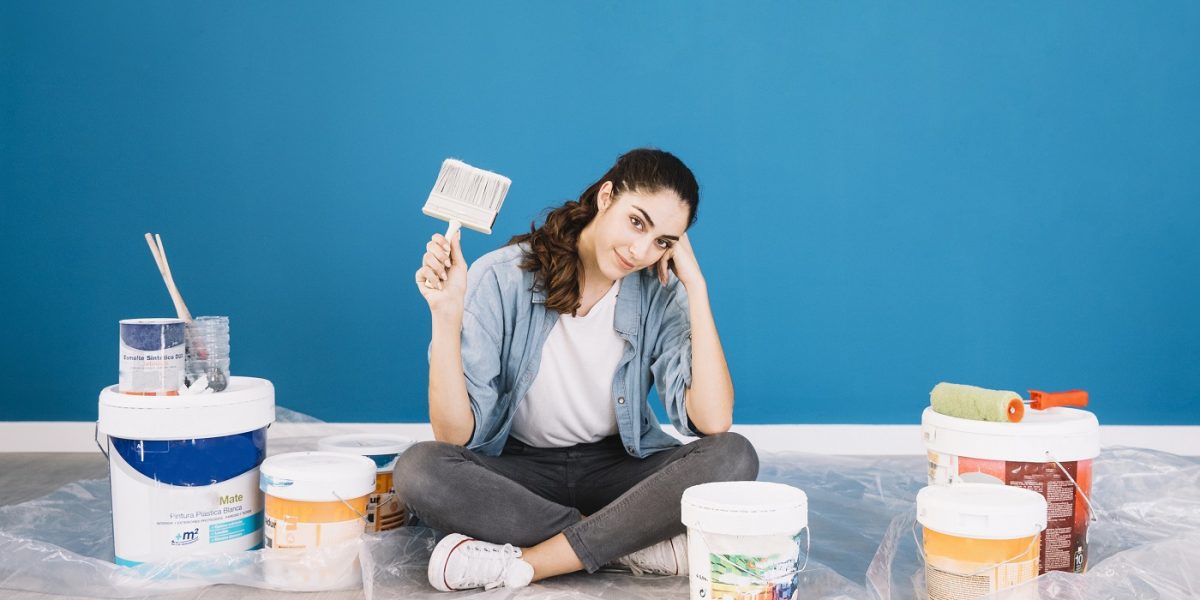


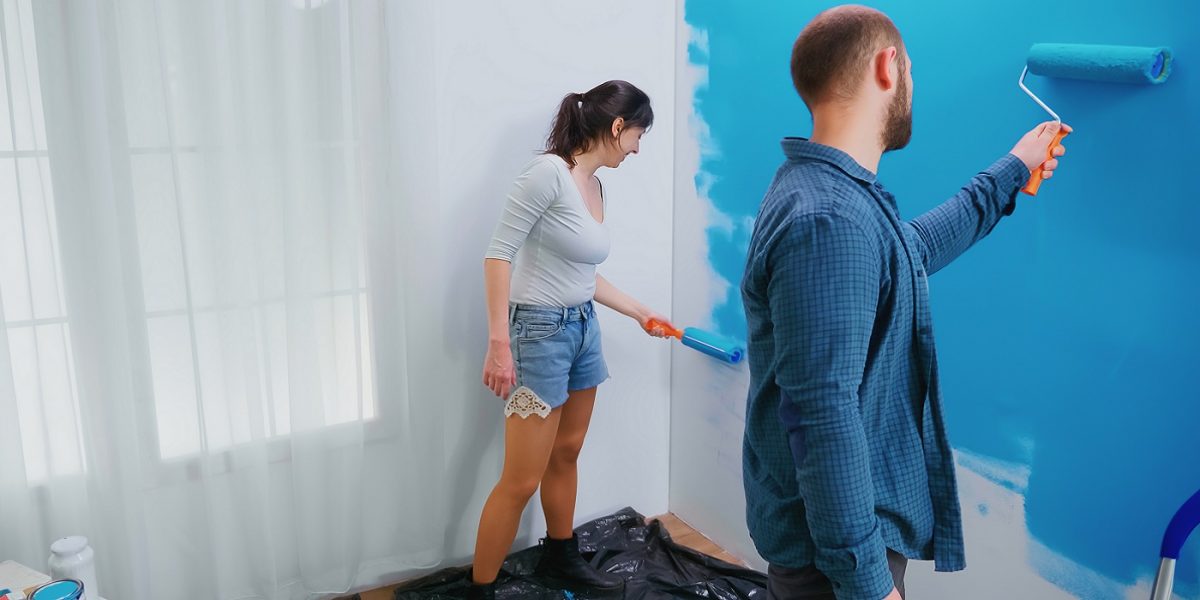
 In the real estate market, a technique called Home Staging is used, which consists of improving the appearance of a home to sell it. This is NOT the same as decoration; it has some resources you can easily carry out. In this sense, paint and colors are of vital importance.
In the real estate market, a technique called Home Staging is used, which consists of improving the appearance of a home to sell it. This is NOT the same as decoration; it has some resources you can easily carry out. In this sense, paint and colors are of vital importance.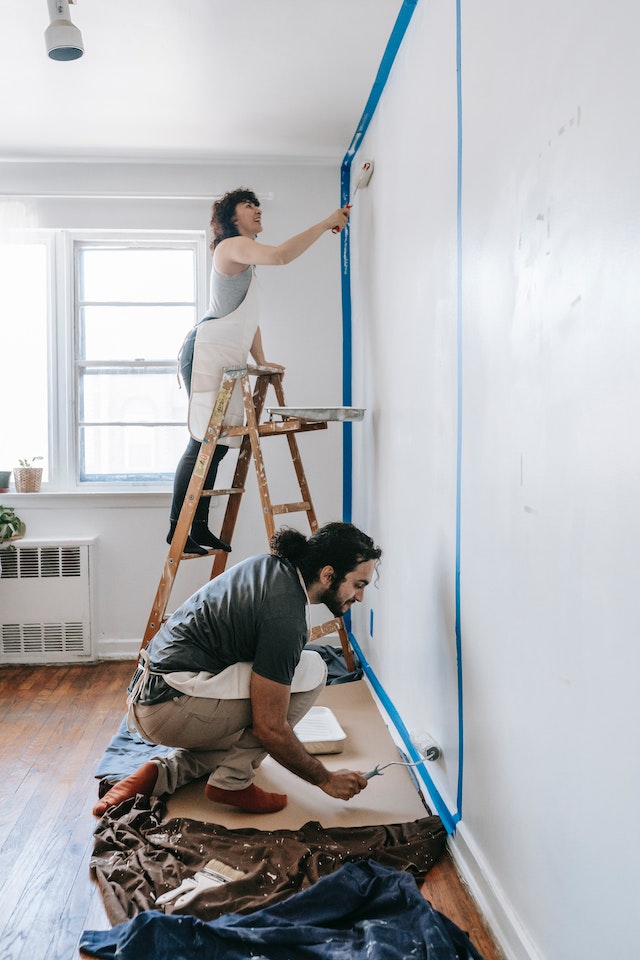 Why Should You Use The Color White?
Why Should You Use The Color White?
 Workers in uniform. Painter and carpenter craftsman. Flat style modern vector illustration.
Workers in uniform. Painter and carpenter craftsman. Flat style modern vector illustration.
 Constant remodeling is not necessary to revitalize your home’s facade; just the right combination of colors can make your exterior stand out from the rest, not just for a season but for many years.
Constant remodeling is not necessary to revitalize your home’s facade; just the right combination of colors can make your exterior stand out from the rest, not just for a season but for many years. Navy blue, oxide red, and oxide orange are some of the most outstanding options that will compete, in a positive way, with the environment. And in this way bring more joy to the color palette of nature.
Navy blue, oxide red, and oxide orange are some of the most outstanding options that will compete, in a positive way, with the environment. And in this way bring more joy to the color palette of nature. Do you have doubts about using the pastel yellow color in the painting of the walls or the decoration of your house? Do not worry. Now we will see some tips to help you avoid mistakes when using this soft and delicate hue in your home.
Do you have doubts about using the pastel yellow color in the painting of the walls or the decoration of your house? Do not worry. Now we will see some tips to help you avoid mistakes when using this soft and delicate hue in your home. It is a good choice for a bathroom, a place where light and the appearance of spaciousness are appreciated. It is also suitable for other small spaces, such as the entrance, corridors, and laundry rooms.
It is a good choice for a bathroom, a place where light and the appearance of spaciousness are appreciated. It is also suitable for other small spaces, such as the entrance, corridors, and laundry rooms.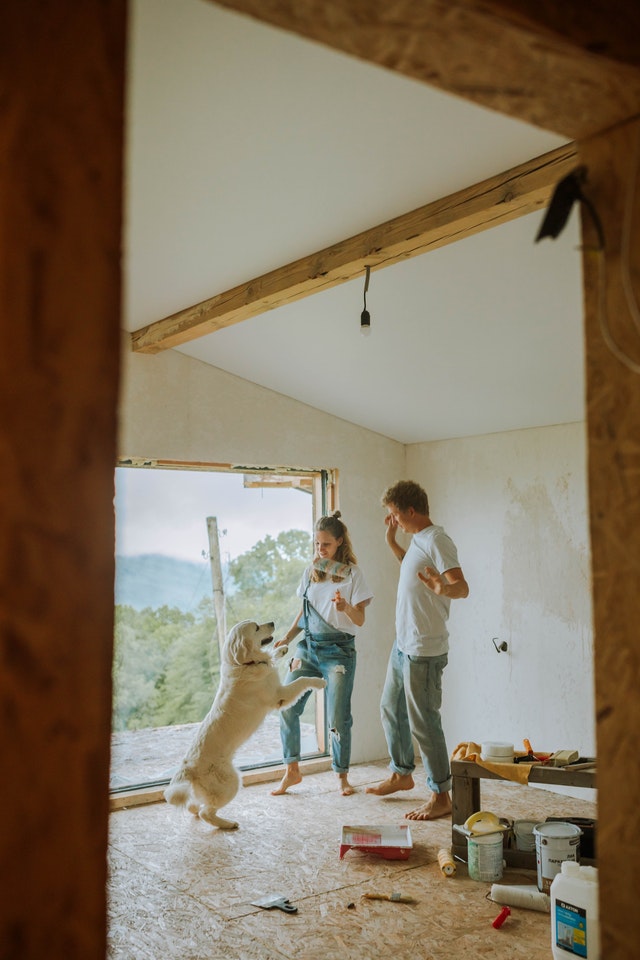
 Lacquers Or Varnishes To Paint Stained Glass
Lacquers Or Varnishes To Paint Stained Glass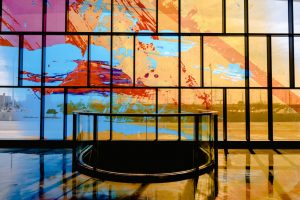 The material known as lacquered glass is nothing more than glass painted on one side with special paint. This way, a very shiny, colored surface with great resistance to friction is obtained on the opposite side. You can create your own lacquered glass by painting one side of the glass sheet with enamel and then using it as a coating on your furniture.
The material known as lacquered glass is nothing more than glass painted on one side with special paint. This way, a very shiny, colored surface with great resistance to friction is obtained on the opposite side. You can create your own lacquered glass by painting one side of the glass sheet with enamel and then using it as a coating on your furniture. What is epoxy paint, and what is it for, its different uses indoors or outdoors, its properties, colors, and finishes? All about one of the strongest points you can find today.
What is epoxy paint, and what is it for, its different uses indoors or outdoors, its properties, colors, and finishes? All about one of the strongest points you can find today.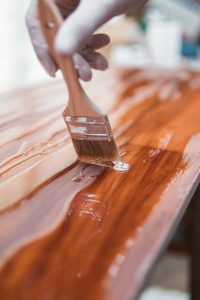 How To Apply Epoxy Paint
How To Apply Epoxy Paint